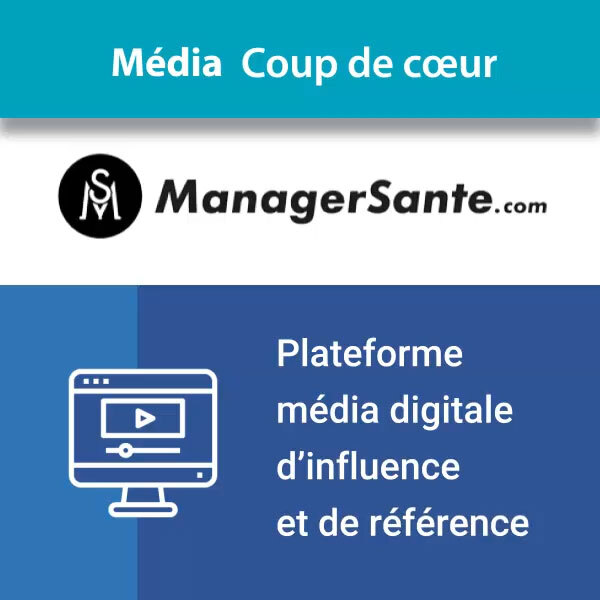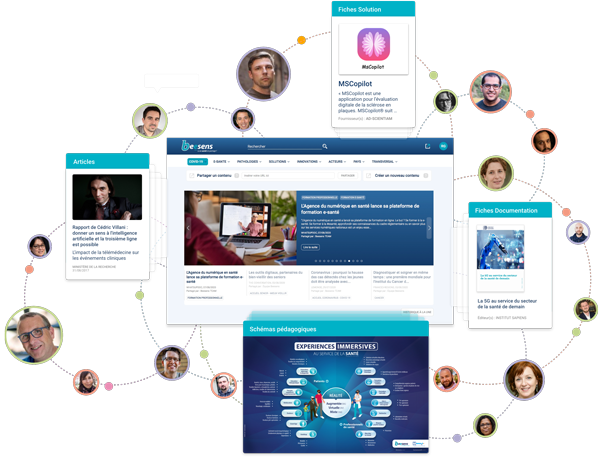"New technology developments have enabled healthcare advances in 3D printing with an estimated $6.08 billion by 2027 in terms of software, hardware, services and materials. The technology has given a boost to customized medicine, allowing a more accurate understanding of patient symptoms and treatment, and generating increased efficiency in the operating room (OR). Advent of 3D printing technology is leaving its mark in specialties such as orthopedics, pediatrics, radiology and oncology, as well as in cardiothoracic and vascular surgery.
Doctors, hospitals and researchers around the world are using 3D printing for:
preoperative planning and customized surgery.
medical devices and surgical instruments.
molds, prostheses and customizable implants.
3D digital dentistry and drug administration.
1. Preoperative planning
3D printing allows specialists to create reference models using MRI scans and CT in order to help surgeons prepare better for surgeries.
In 2016, a child in Northern Ireland had two unhealed bones injuries his forearm. The child could not rotate his arm more than 50% and was suffering from increased pain. CT scanning and X-rays showed deformed bones, and the treatment required an osteotomy – a four-hour invasive surgery in which the surgeon reshapes the bones to improve rotation. However, the surgeon, printed a 3D model that changed the diagnosis, the surgical intervention and the recovery of the patient:
It was the tight structures between the bones and not the shape of the bones that limited the child’s rotation ability.
The procedure was completed in less than 30 minutes, instead of four hours.
The patient was able to gain 90% arm-range movement four weeks after the intervention.
The recovery time, the post-operation pain and the scarring decreased considerably.
Such 3D printing is changing preoperative planning which translates into less time spent in the OR, better surgery outcomes for the patients, faster post-op recovery and lower costs for hospitals..."
Lire la suite
Contributed: Top 8 healthcare uses for 3D printing
MOBIHEALTHNEWS, 25/10/2021
Partagé par :
Beesens TEAM

Informations liées
Thématiques
Imprimante 3D
Évolution des usages
Accueil Orthopédie
Cancer
Imagerie
Accueil Pédiatrie










